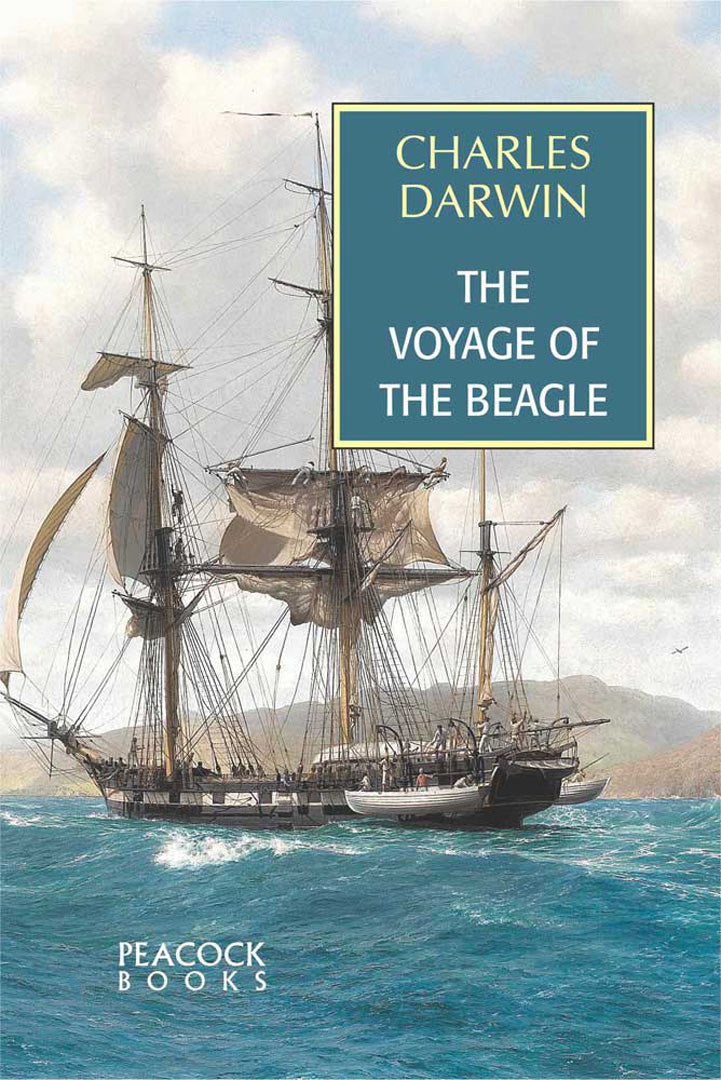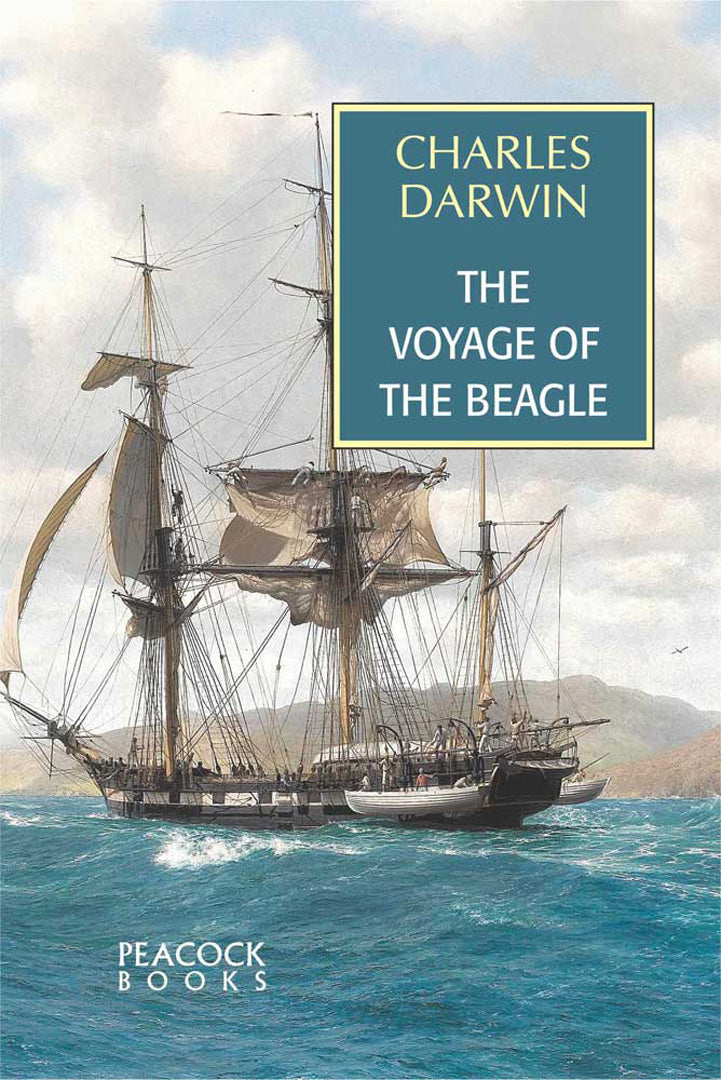The Voyage of the Beagle
The Voyage of the Beagle
Charles Darwin
Couldn't load pickup availability
Share

More Information
- ISBN13:
- Publisher: Atlantic Publishers & Distributors (P) Ltd
- Publisher Imprint: Peacock Books
- Publication Date:
- Pages: 556
- Binding:
- Item Weight:
- Original Price:
About The Book
The Voyage of the Beagle is the title given to the book written by Charles Darwin and published in 1839 as Journal and Remarks. It covers Darwin’s part in the second survey expedition of the ship HMS Beagle. Due to immense popularity of Darwin’s account, the publisher reissued it later in 1839 as Darwin’s Journal of Researches. The revised second edition published in 1845 also used this title. A republication of the book in 1905 introduced the title, The Voyage of the Beagle, by which it is now known.
The Beagle sailed from Plymouth Sound on 27 December 1831 under the command of Captain Robert FitzRoy. Originally, the expedition was planned for two years, but it lasted almost five years, with the return of the Beagle on 2 October 1836. Darwin spent most of this time exploring on land while the ship was on some shore.
The book is a vivid and exciting travel memoir as well as a detailed scientific field journal covering biology, geology, and anthropology. It was written at a time when Western Europeans were exploring and charting the whole world, and it demonstrates Darwin’s keen powers of observation.
Darwin’s notes made during the voyage include comments hinting at his changing views on the fixity of species. On his return, he wrote the book based on these notes, at a time when he was first developing his theories of evolution through common descent and natural selection. Thus, the insights made during the voyage set in motion the mental activity that led to the theory of evolution, and eventually the book, On the Origin of Species, that made Darwin one of the most influential figures in human history.
About The Author
Charles Darwin (12 February 1809 – 19 April 1882) was an English naturalist, geologist and biologist. He is best known for his contributions to the science of evolution, in which he established that all species of life have descended over time from common ancestors. In a joint publication with Alfred Russell Wallace, Darwin introduced his scientific theory that the branching pattern of evolution is the result of a process which he termed “natural selection”.
In 1859, he published his theory of evolution in his book, On the Origin of Species. By the 1870s, scientists as well as general public had accepted evolution as a fact, but a broad consensus was developed on it after 1930.
Darwin’s early interest in nature led him to neglect his medical education at the University of Edinburgh, and he started to investigate marine invertebrates. His studies at the University of Cambridge encouraged his passion for natural science. His five-year voyage on HMS Beagle established him as an eminent geologist. Even without the publication of his works on evolution, he would have had a considerable reputation as the author of The Voyage of the Beagle, as a geologist and a biologist. On the Origin of Species dominates the perceptions of his work, but his other books were also works of great importance.
Darwin was a workaholic. The strain of work caused many health problems to him, like stomach pains, severe boils, palpitations, etc. Notwithstanding the repeated bouts of illness during the last twenty-two years of his life, Darwin’s work continued. He pressed on with experiments, research, and writing.
In June 1909, over 400 officials and scientists from across the world met in Cambridge to commemorate his centenary. During Darwin’s lifetime, many geographical features were given his name. He has been described as one of the most influential figures in human history.

